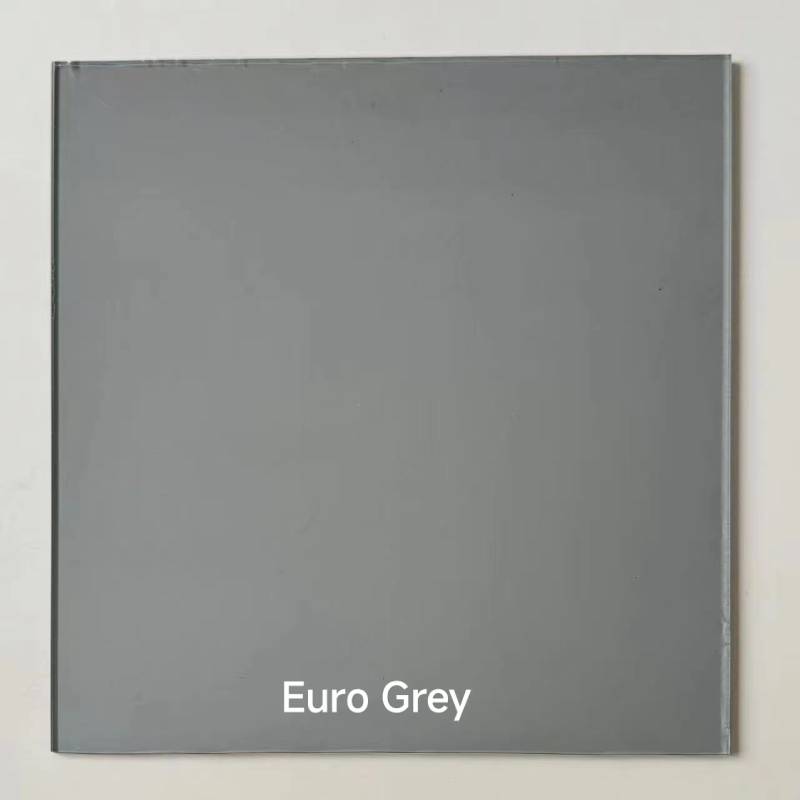

The Advantages and Applications of Tinted Glass
Tinted glass, characterized by its modification of light transmission through the incorporation of colorants into the glass during the manufacturing process, has become an essential material in various fields. This specialized glass not only enhances aesthetics but also provides practical benefits, making it a popular choice in architecture, automotive design, and interior decoration.
One of the primary benefits of tinted glass is its ability to control sunlight. This can significantly reduce glare, which is crucial in environments with abundant natural light. In commercial buildings, for instance, the use of tinted glass can create comfortable working conditions by minimizing excessive brightness. This is particularly important in offices where screens are in frequent use, as reduced glare can lead to increased productivity and enhanced employee comfort. Additionally, residential areas benefit from tinted windows, allowing homeowners to enjoy natural light without the harsh glare that can disrupt family activities or leisure time.
The Advantages and Applications of Tinted Glass
Moreover, tinted glass offers enhanced privacy without sacrificing light. This is particularly desirable in urban environments where buildings are in close proximity to one another. By utilizing tinted glass in bathrooms, conference rooms, or residential spaces facing the street, occupants can ensure their privacy while still allowing adequate light to flow into the area. This functional benefit appeals to both homeowners and commercial property developers, as it maintains a balance between openness and seclusion.

In the automotive industry, tinted glass is also of significant importance. Many vehicles now come equipped with tinted windows, which not only enhance the car's appearance but also provide UV protection and improve passenger comfort. Tinted glass in cars can block up to 99% of harmful UV rays, protecting passengers and reducing the interior temperature, which is especially beneficial in hot climates. Furthermore, tinted windows can deter theft by obscuring the view of valuables inside a vehicle.
On a more aesthetic note, tinted glass allows architects and designers to play with colors and shades, creating unique and visually appealing buildings. The variety of tint options available, ranging from subtle greys to deep blues, enables designers to craft an image that aligns perfectly with the intended ambiance of the structure. This flexibility in design enhances the architectural language of modern buildings, blending functionality with artistic expression.
Despite the numerous advantages, it is essential to consider regulations surrounding the use of tinted glass, particularly in automotive applications. Many regions impose legal limits on the degree of tint permitted on vehicle windows to ensure safety for drivers and pedestrians alike. Adhering to these regulations is crucial for vehicle owners to avoid fines and maintain road safety.
In conclusion, tinted glass is a versatile material that serves multiple purposes, enhancing comfort, energy efficiency, and aesthetic appeal across various applications. From its substantial use in commercial buildings to its practical applications in cars, tinted glass continues to gain popularity in a wide range of industries. As advancements in technology and materials science progress, the functionality and benefits of tinted glass are likely to expand even further, making it a staple in contemporary design and architecture.